
In the sun-drenched vineyards of Argentina's high-altitude deserts, a grape variety unlike any other has taken root, defying the odds with its sheer tenacity and uncompromising spirit. Torrontés, a varietal so distinctive that it was once mistaken for the legendary Malvasia, harbours a rich history and an enigmatic essence that has captivated generations of winemakers.
Yet, what sets this grape apart is a closely guarded secret, a genetic quirk that imbues its wines with an aromatic intensity that seems to defy the laws of nature. As you uncork a bottle of Torrontés, you're immediately enveloped in a bouquet so intense, so evocative of jasmine, rose petals, and freshly squeezed grapefruit, that it's as if the vineyard itself has been bottled. With each sip, this Argentine gem unveils its true character, a harmonious dance of crisp acidity and luscious stone fruit flavours that linger on the palate, beckoning you to unravel its mysteries one glass at a time.
In this in-depth guide, we’ll journey through the most renowned Torrontés regions, examining how the climate imparts unique characteristics to the wines. Regions such as Mendoza, Catamarca, and La Rioja are renowned for producing exceptional wines, including Cabernet Sauvignon and Malbec. The Malbec grape thrives in Mendoza's ideal growing conditions, which notable producers like Catena Zapata and Familia Zuccardi recognize. Vineyards at higher elevations in Mendoza also produce a variety of grape varieties, including Pinot Noir. Sauvignon Blanc is grown at specific estates in Argentina, such as the Agrelo estate and Altamira II. For those looking to purchase, we’ll share insights on choosing a good bottle of Torrontés wine. Finally, we’ll compare Torrontés with Gewürztraminer, highlighting their similarities and differences to help you better appreciate these aromatic whites.
Join us as we uncover the charm and allure of Torrontés wines.
Torrontés is a unique and aromatic white varietal hailing from Argentina, where it has earned a reputation as the country’s signature white wine. Known for their distinctive sensory profile, Torrontés wines offer a delightful bouquet of floral and fruity notes, making them a versatile choice for various occasions. This article will explore what makes Torrontés wines special, exploring their sensory characteristics and ideal food pairings. We’ll provide practical tips for serving and storing Torrontés wines to ensure you enjoy them at their best.
This unique varietal is actually a family of three distinct grape types: Torrontés Riojano, Torrontés Sanjuanino, and Torrontés Mendocino. Of these, Torrontés Riojano is the most widely cultivated and highly regarded for producing wines with the best quality and most intense flavours, particularly in the northern region of Argentina.
The origin of Torrontés is a bit mysterious. It is believed to be a natural cross between Muscat of Alexandria (Moscatel de Alejandría) and Criolla Chica, a grape brought to South America by Spanish colonists. This heritage is evident in its aromatic profile, which includes floral notes reminiscent of Muscat.
Torrontés wines are known for their vibrant and expressive aromas, featuring scents of jasmine, rose petals, and geraniums, coupled with fruity notes like peach, apricot, and citrus zest. Despite the sweet aromas, most Torrontés wines are made in a dry style, offering a refreshing and lively acidity that balances the floral and fruity characteristics.
The best examples of Torrontés come from the high-altitude vineyards of Salta, particularly the Cafayate Valley. The unique climatic conditions—high altitude, intense sunlight, and cool temperatures—enhance the grape’s aromatic qualities while preserving its acidity. Other regions in Argentina, such as La Rioja and Mendoza, also produce Torrontés grapes, though these wines tend to be simpler and often sweeter.
In terms of flavour profile, Torrontés wines typically showcase a medium acidity and a light to medium body, making them versatile and easy to pair with food. They are best enjoyed young, as their aromatic intensity tends to diminish with age.
Torrontés wines are celebrated for their captivating sensory characteristics, which include a distinctive visual appeal, aromatic complexity, and a delightful taste profile. Torrontés wines are known for their vibrant and expressive aromas, featuring scents of jasmine, rose petals, and geraniums, coupled with fruity notes like ripe fruit, white peach, apricot, and citrus zest. Understanding these elements can enhance the appreciation of this unique Argentine varietal.
Torrontés wines typically showcase a light to medium straw yellow colour, sometimes with hints of green or gold. The body of Torrontés is usually light to medium, contributing to its refreshing and approachable nature.
Torrontés is renowned for its aromatic intensity, characterized by a complex blend of floral and fruity scents. These aromatic notes can be categorized into primary, secondary, and tertiary aromas:

Torrontés wines offer a vibrant and refreshing experience on the palate, balanced with its signature acidity. The taste profile can be broken down into primary, secondary, and tertiary notes:

Torrontés wines, with their aromatic complexity and refreshing acidity, are very versatile in food pairings. They complement a wide range of dishes from various cuisines, enhancing flavours and creating a harmonious dining experience. Here are some pairing suggestions that showcase the versatility of Torrontés wines, including options from different countries and styles and vegan dishes.

Argentina:
Thailand:
India:
Torrontés wines are primarily produced in Argentina, where the grape thrives in different wine regions. The climate and geographical conditions in these areas influence the characteristics of the Torrontes wines themselves, contributing to their unique profiles. The wine industry in Argentina is renowned for its dedication to producing high-quality wines, with regions like Mendoza, Catamarca, Rio Negro, San Juan, La Rioja, and Neuquén offering diverse terroirs that enhance the exceptional quality and innovation in wine production. Here is an overview of the main regions where Torrontés is produced and how the climate in each region impacts its characteristics.

The climate in these regions plays a key role in shaping the sensory profile of Torrontés wines. High-altitude vineyards, such as those in Salta, benefit from intense sunlight and cold nights, which enhances the grape's aromatic compounds. The cool nights in these areas help retain acidity, providing a refreshing balance to the wine's floral and fruity character. In contrast, regions like San Juan, with warmer climates, produce Torrontés with a more pronounced body and richer flavour profile.
Torrontés wines are best enjoyed when properly stored and served. Following some key guidelines can help maintain their fresh and aromatic qualities, ensuring an optimal tasting experience.

Following these storage and serving tips ensures that your Torrontés wine remains fresh and flavorful, offering a delightful drinking experience.
Torrontés and Gewürztraminer are both aromatic white wines known for their distinctive floral and fruity profiles. However, they have several key similarities and differences that set them apart.
Torrontés wine stands out for its vibrant profile, making it one of the most beloved aromatic white wine. Native to Argentina, these wines are celebrated for their intense floral and fruity aromas, reminiscent of jasmine, rose petals, and tropical fruits, balanced by a crisp acidity. The high-altitude vineyards of regions like Salta contribute to the wine's unique flavour, preserving its refreshing qualities and enhancing its aromatic intensity.
Whether enjoyed on its own or paired with different dishes—from spicy Asian dishes to delicate seafood—Torrontés offers a versatile and delightful wine experience. Its combination of bright, expressive aromas, complex flavours and a dry, refreshing palate sets Torrontés apart, making it a must-try for anyone seeking a truly unique white wine.

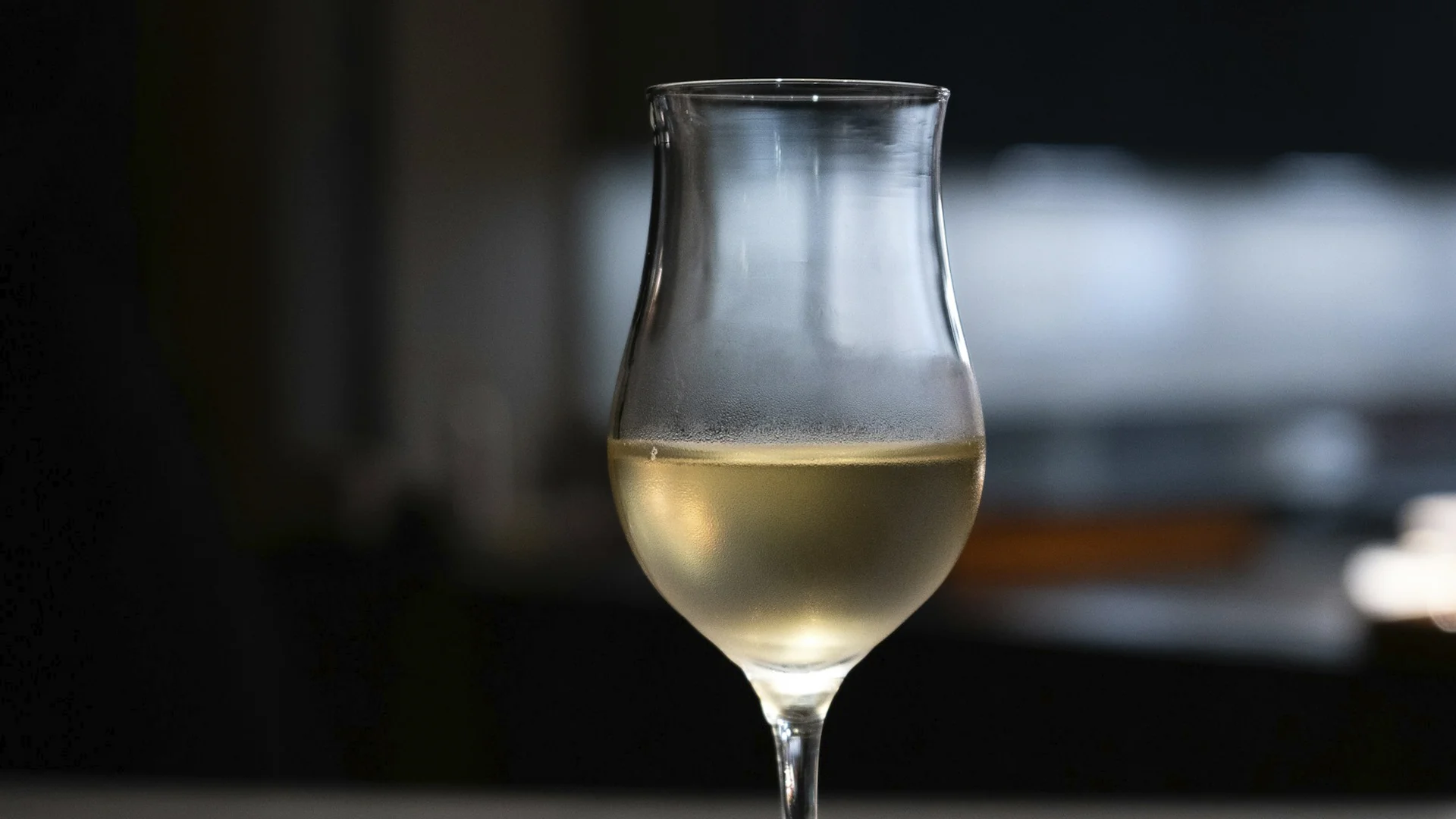
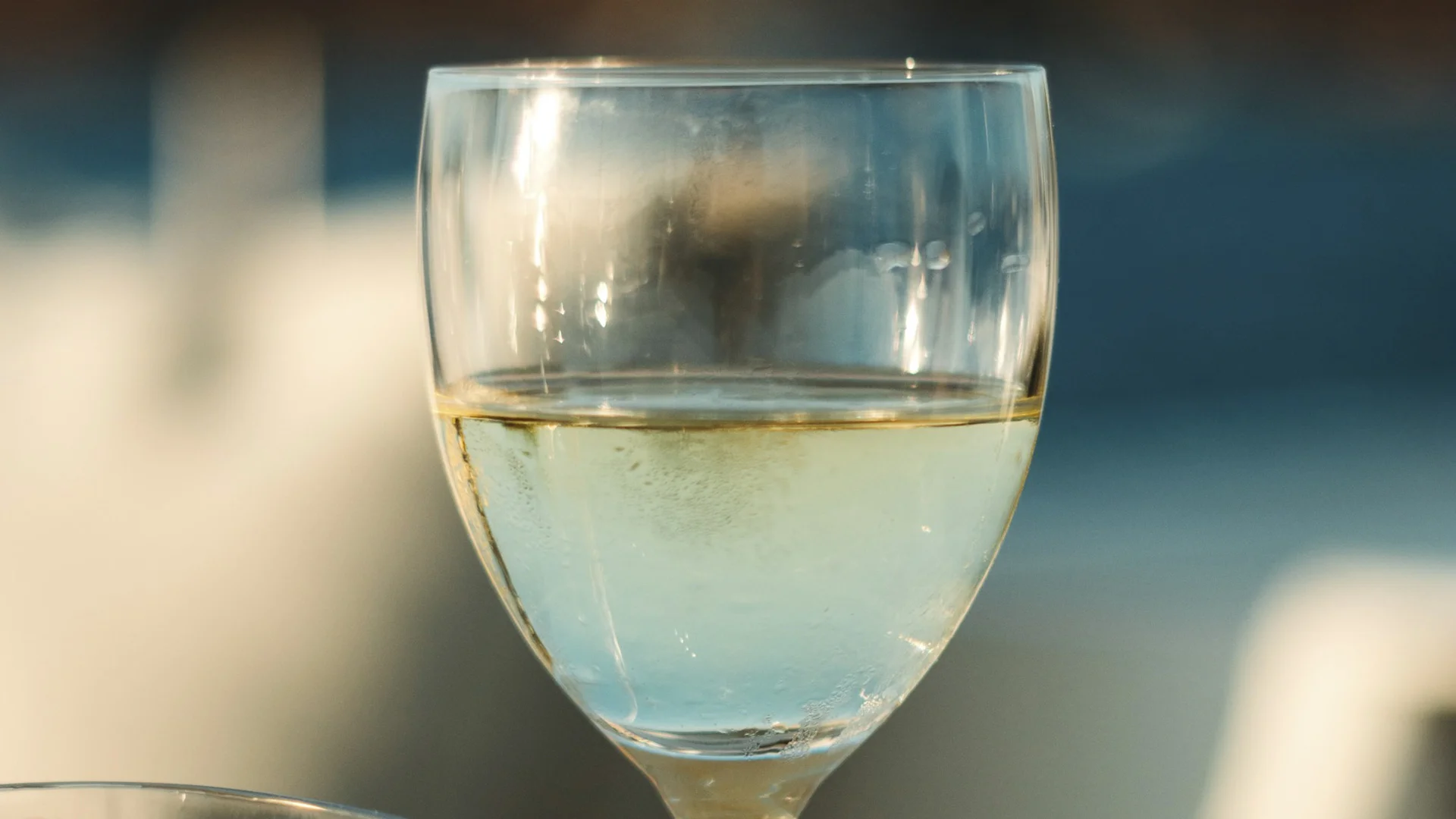

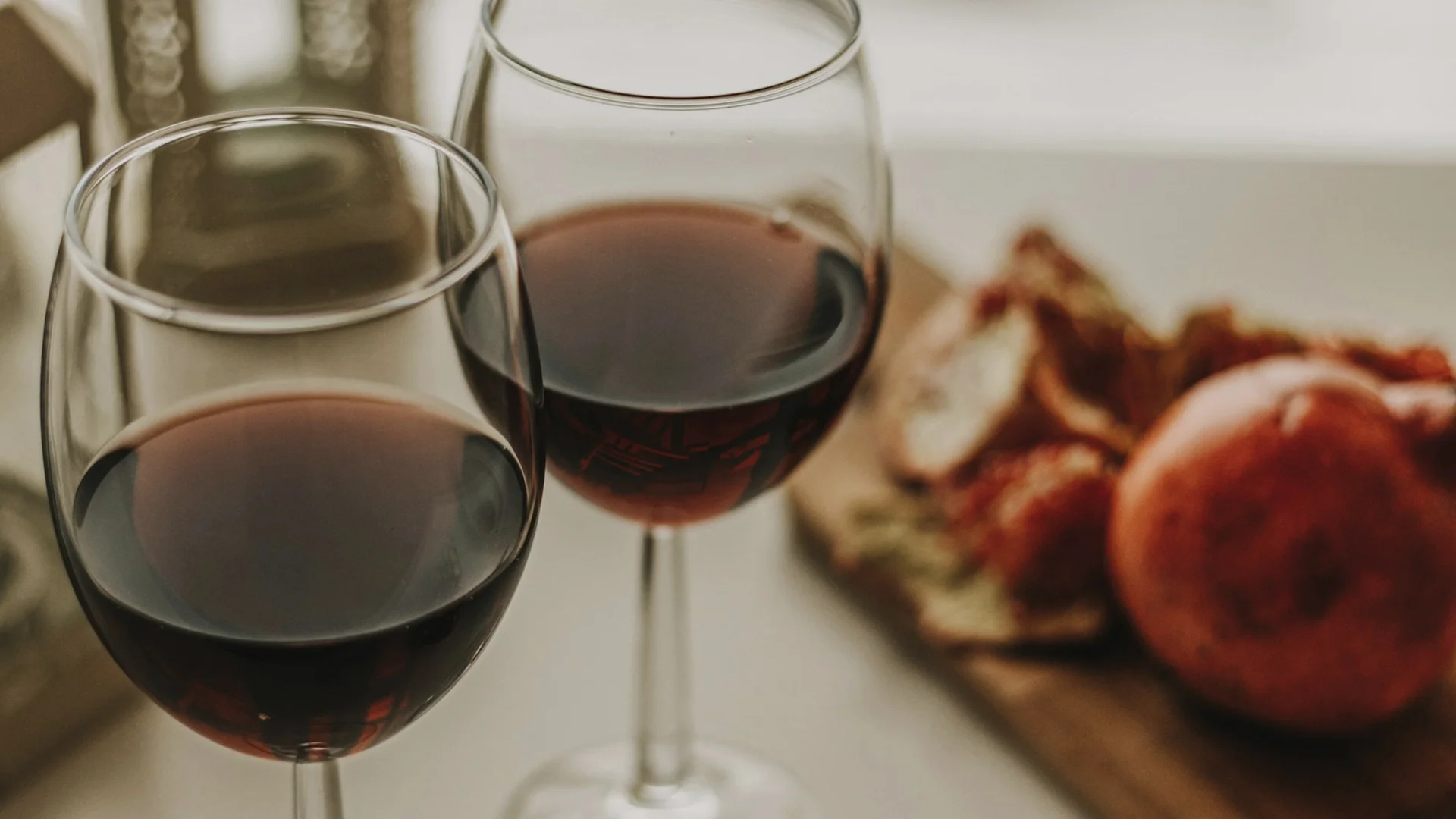


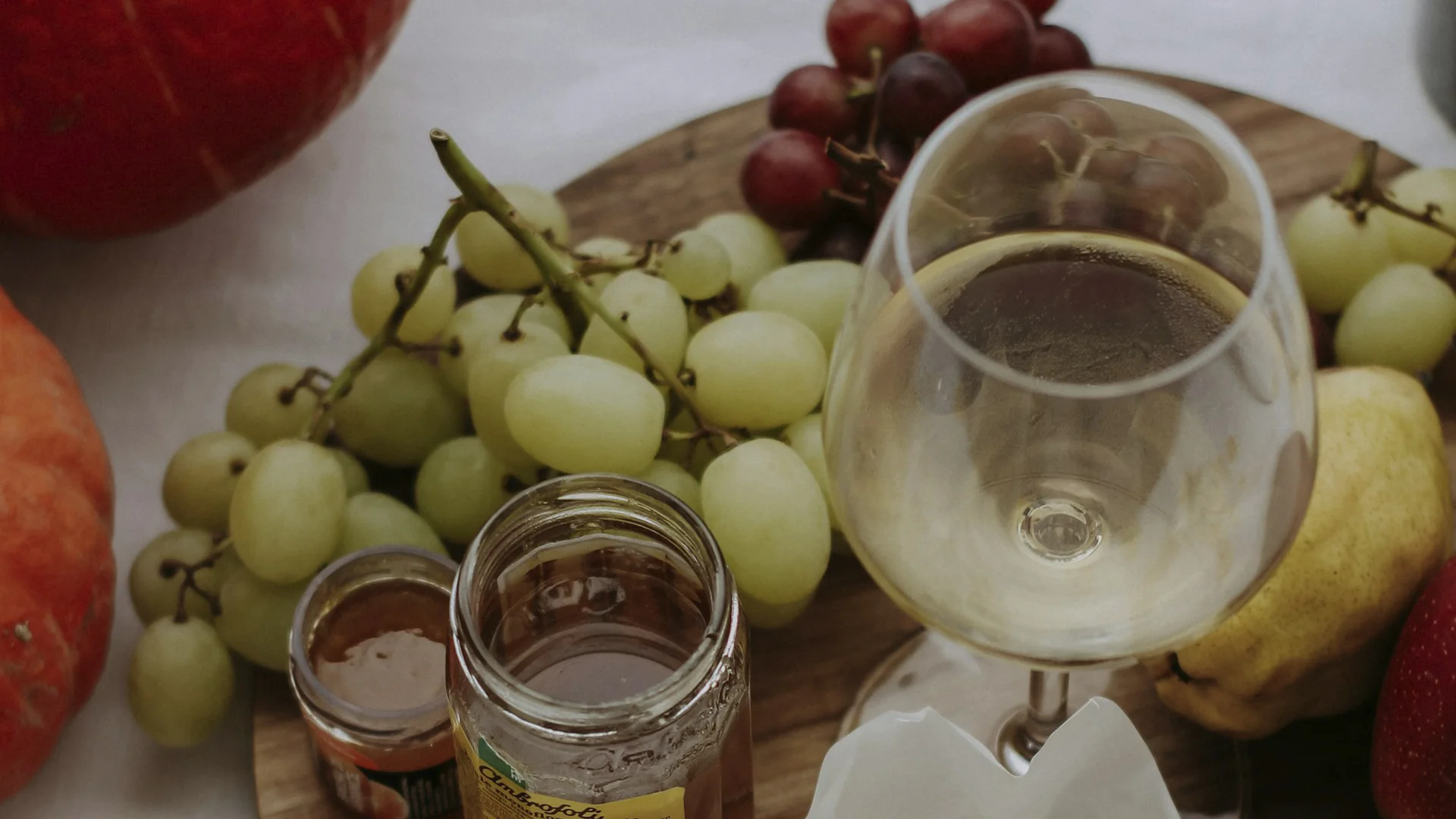












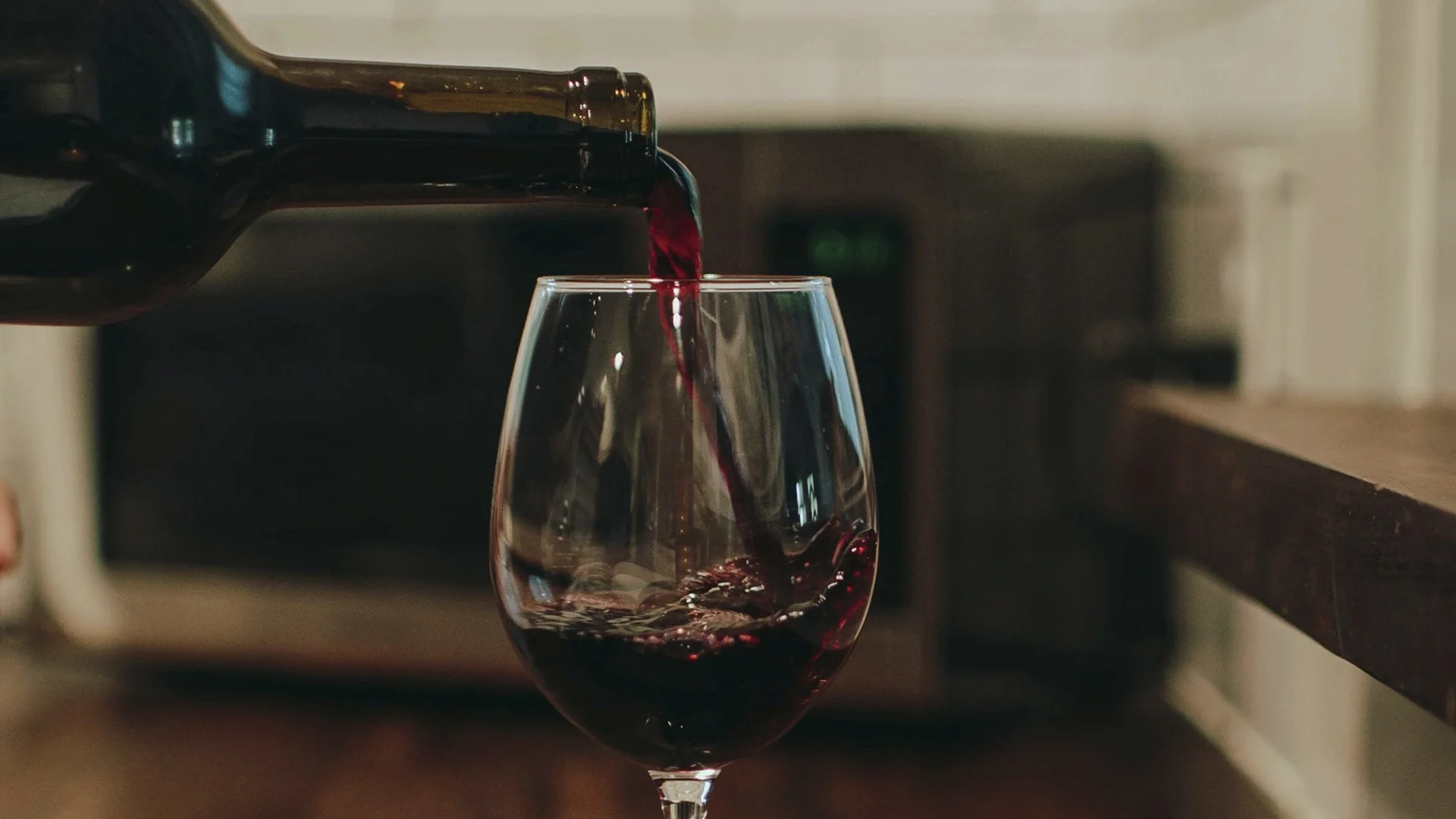


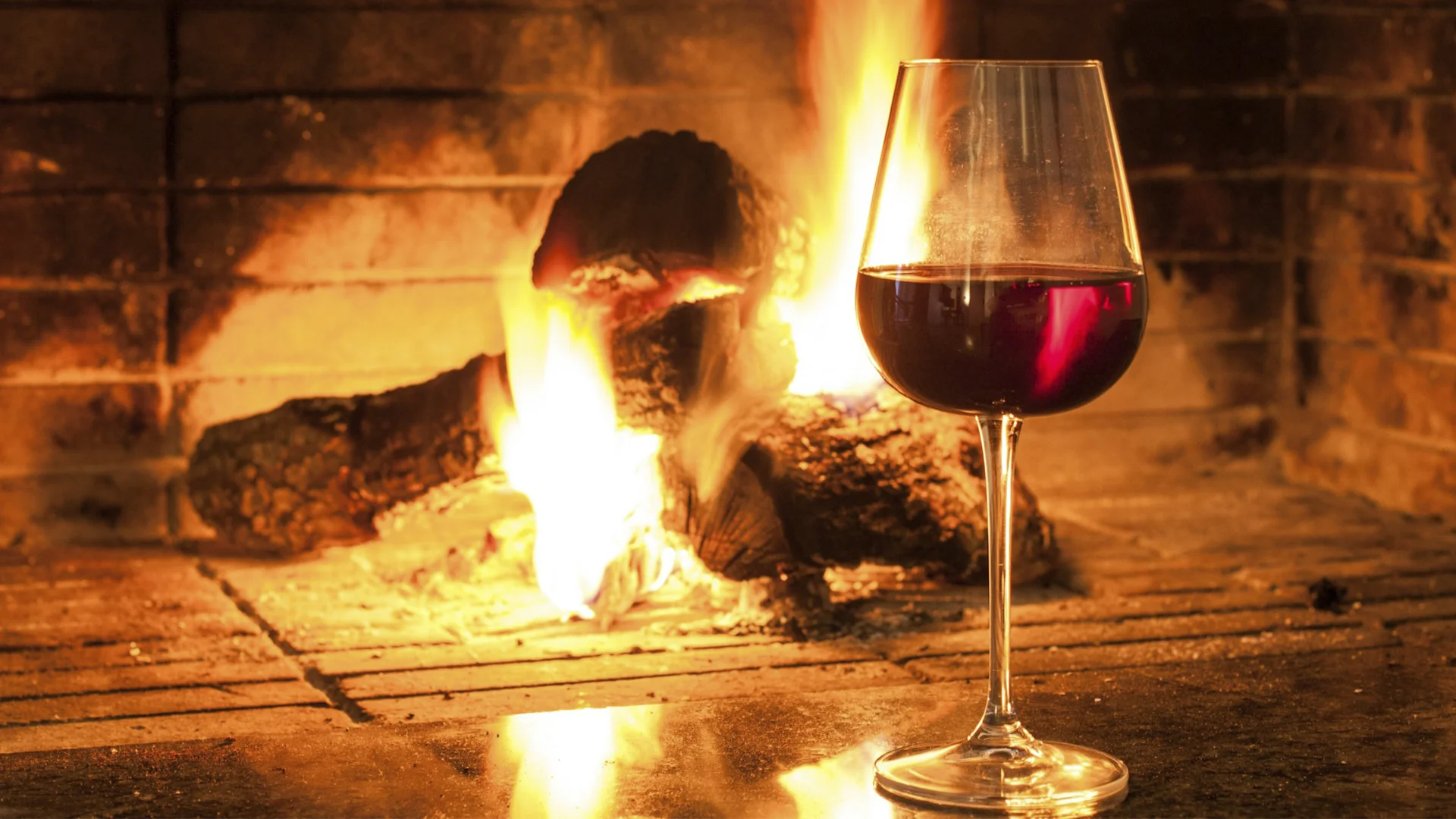



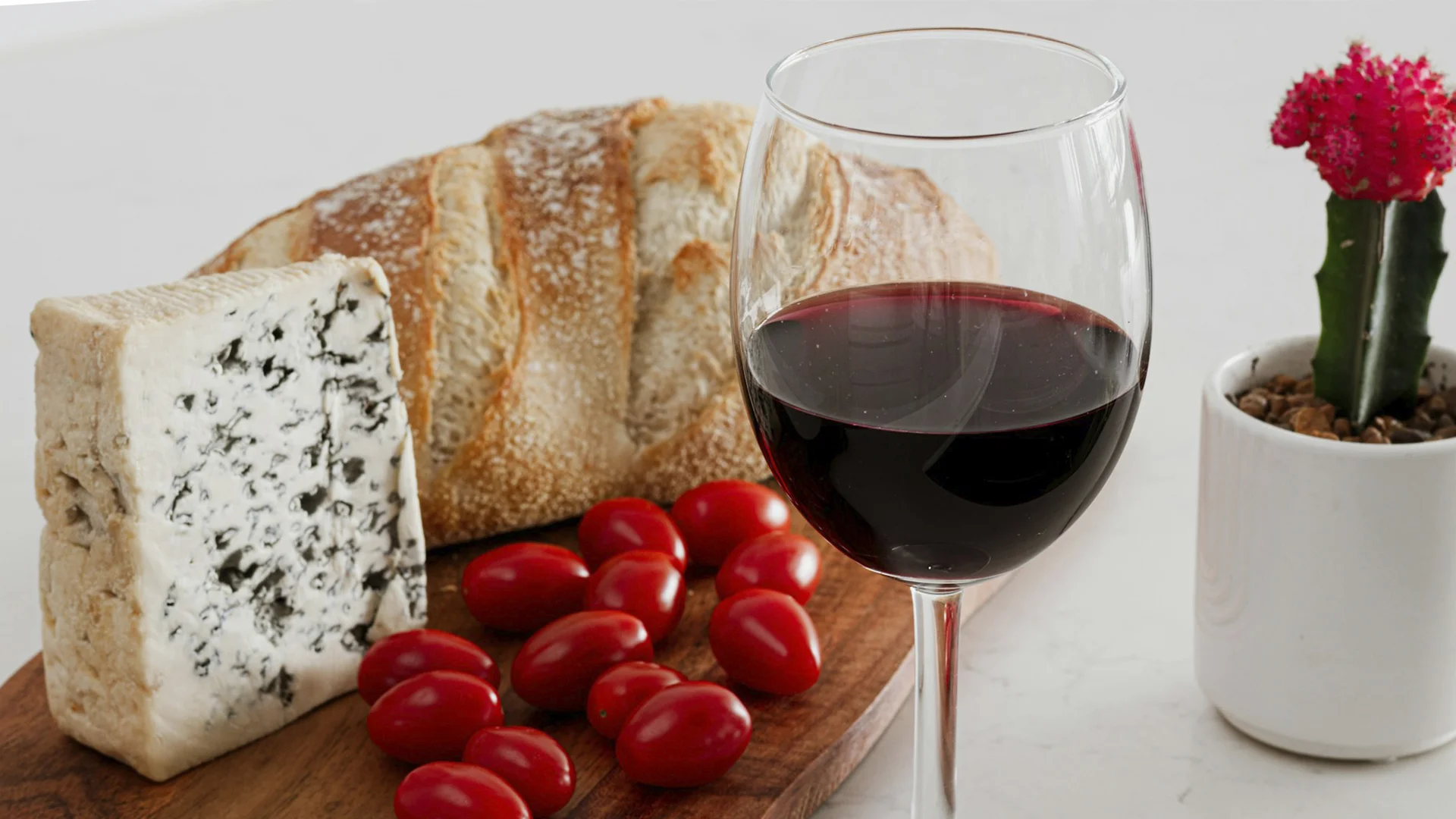

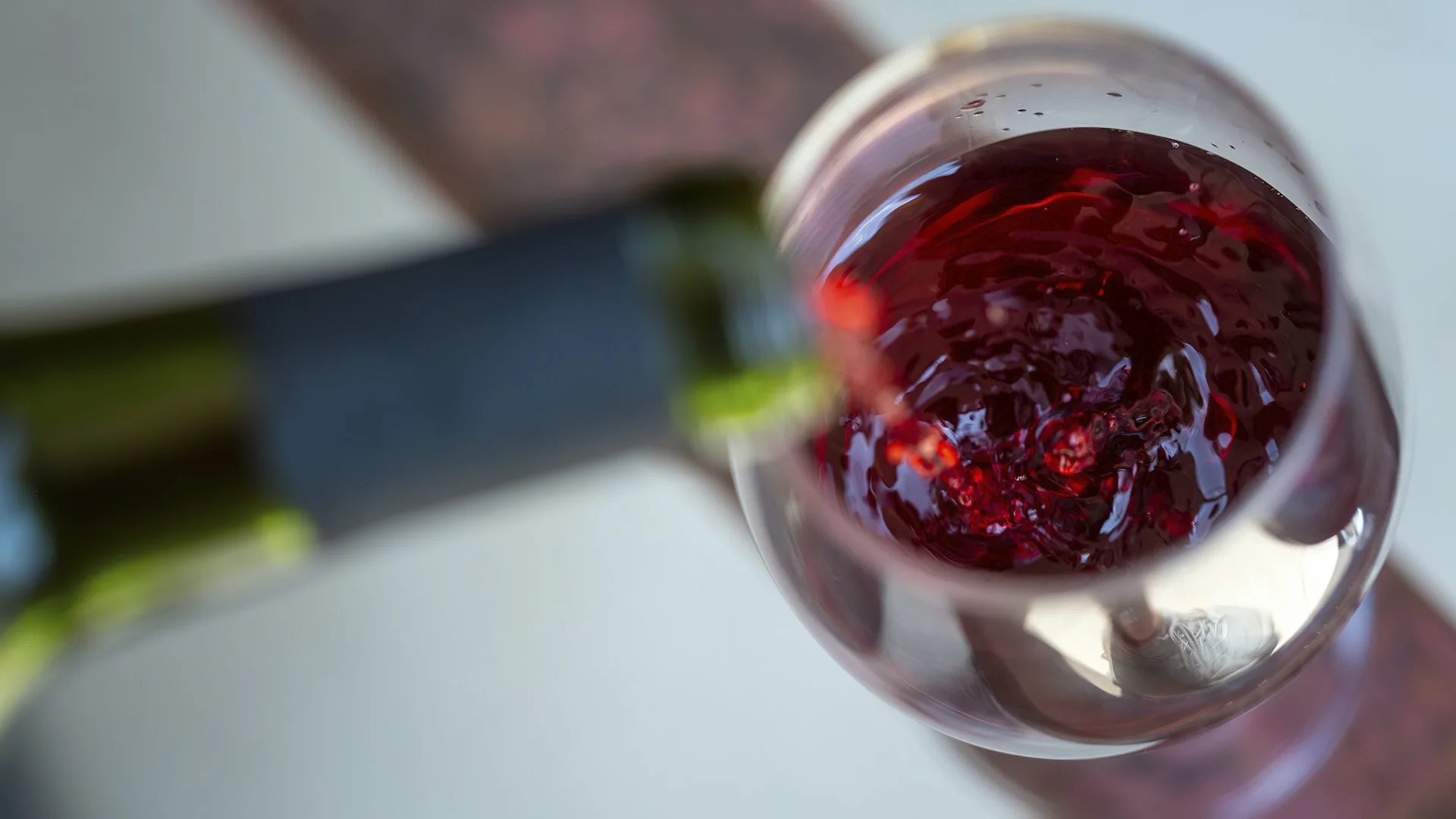




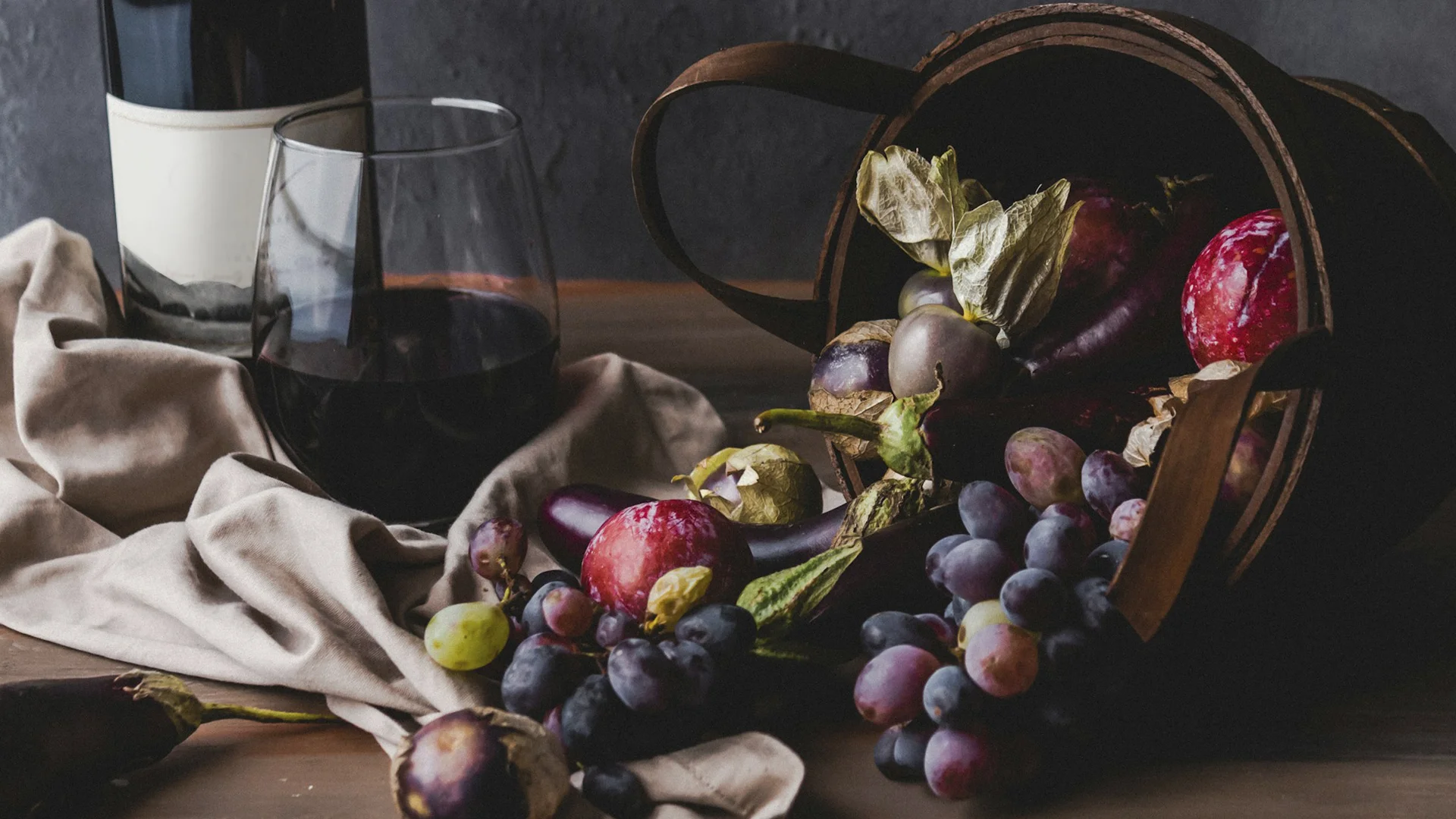
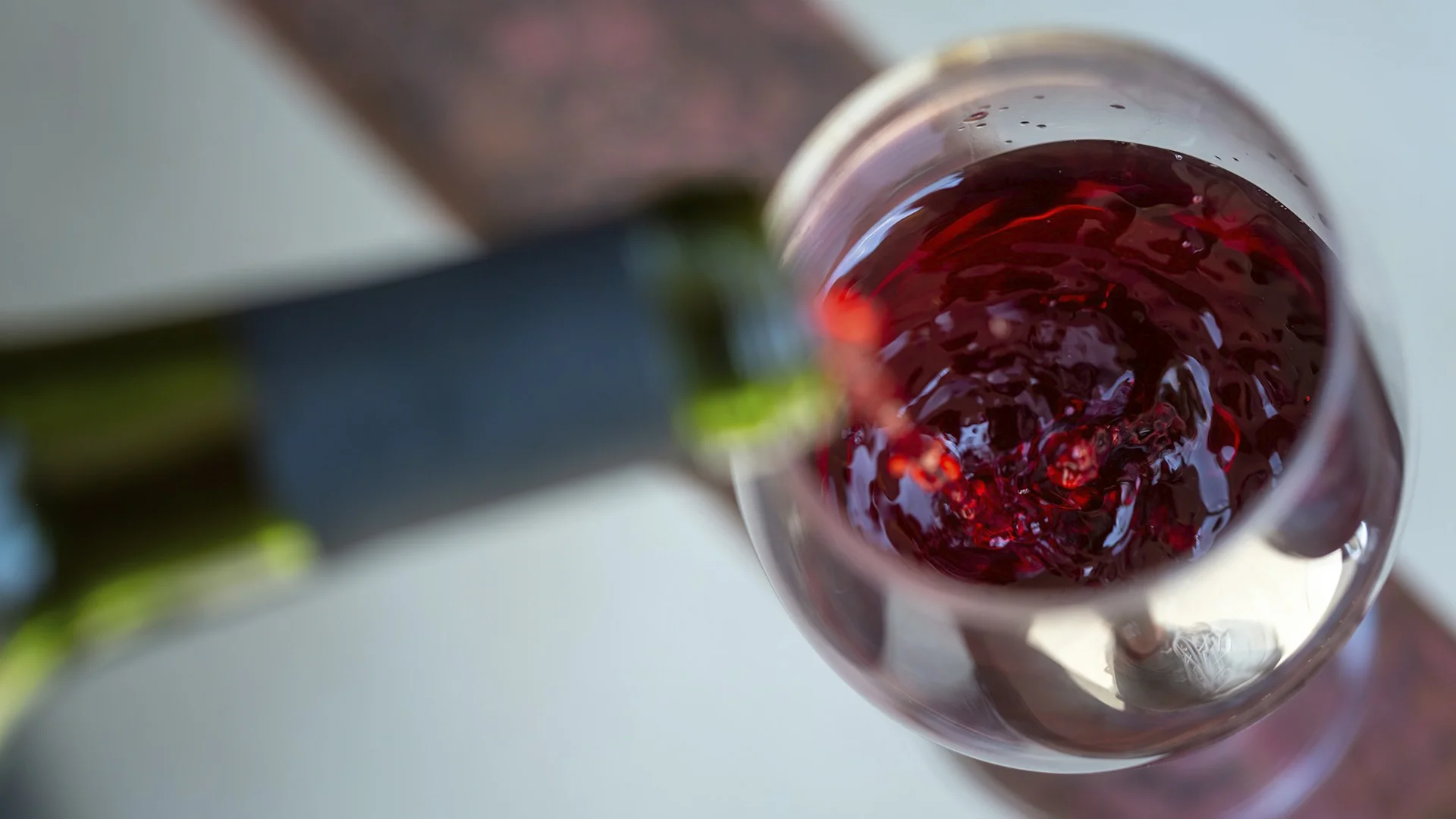







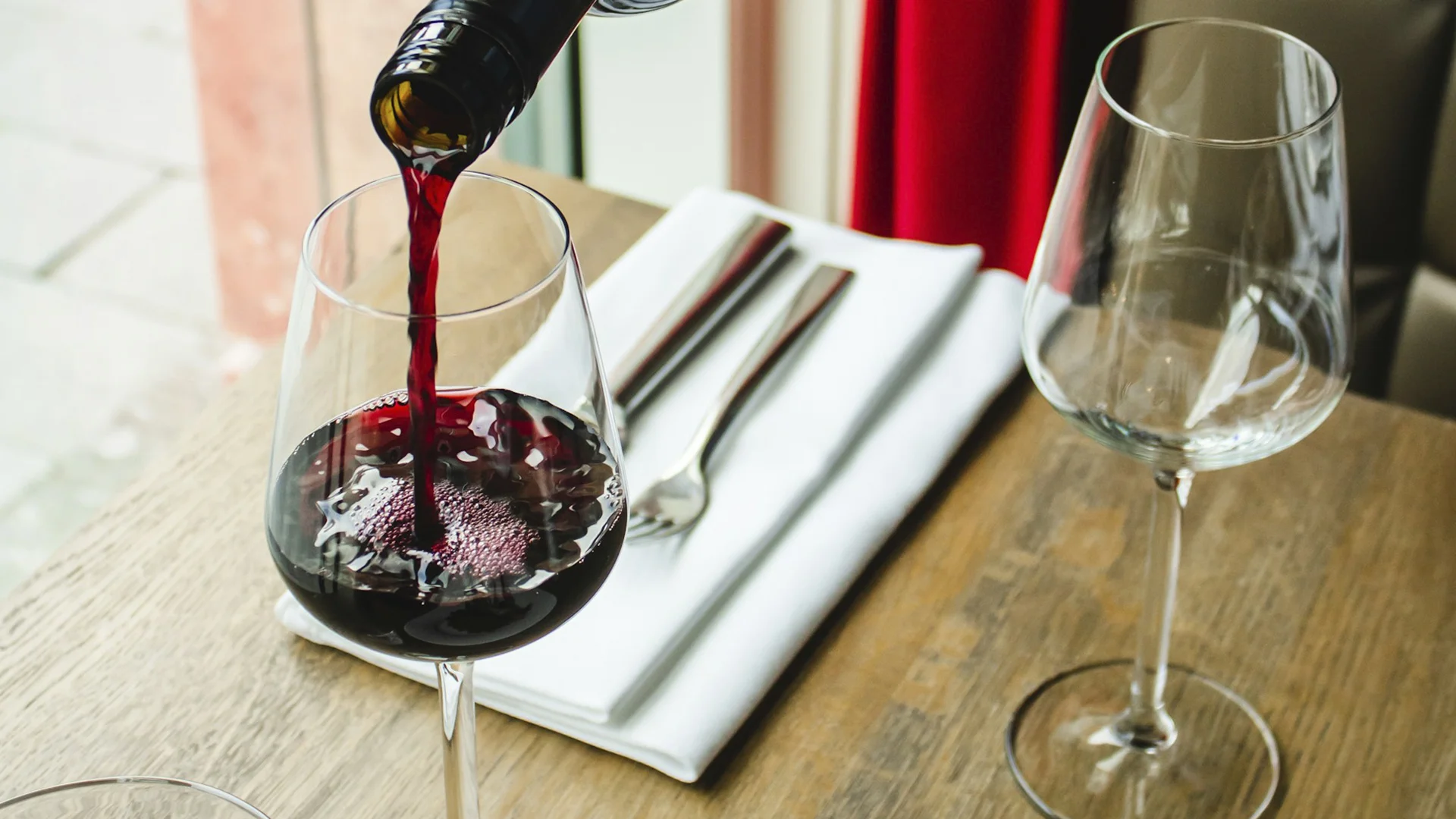












.webp)

.webp)
.webp)
.webp)



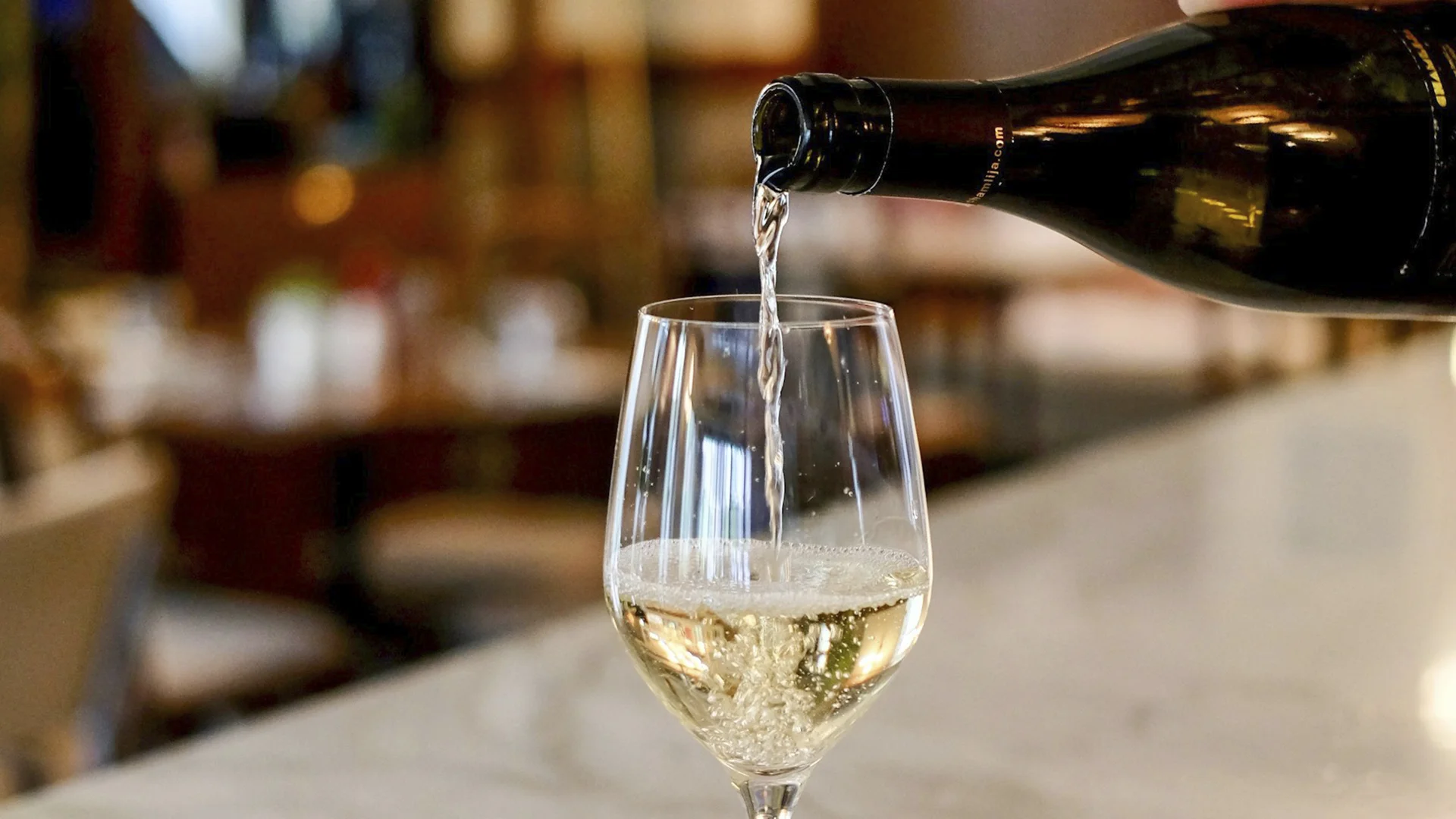


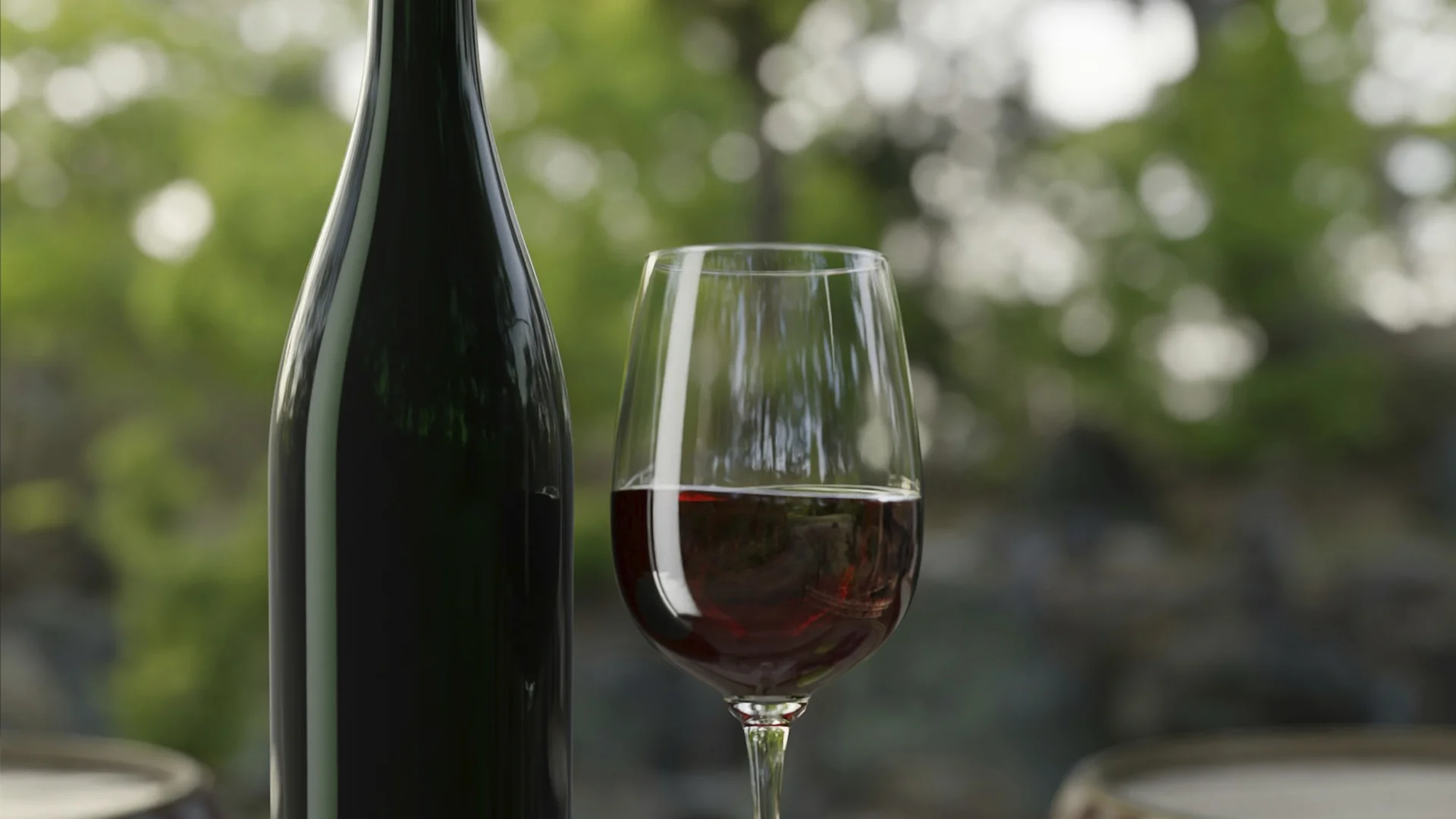



















.webp)













Are you interested in
collaborating with us?